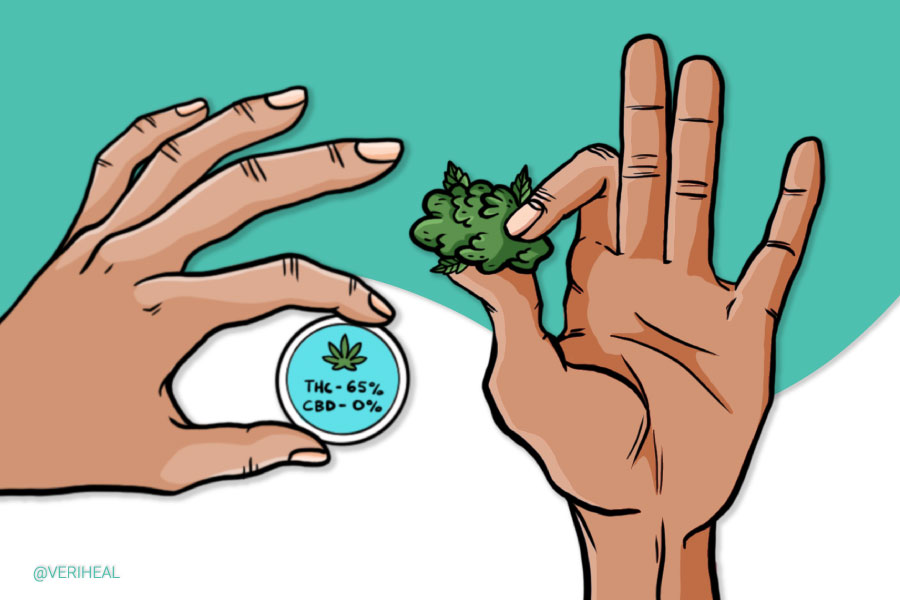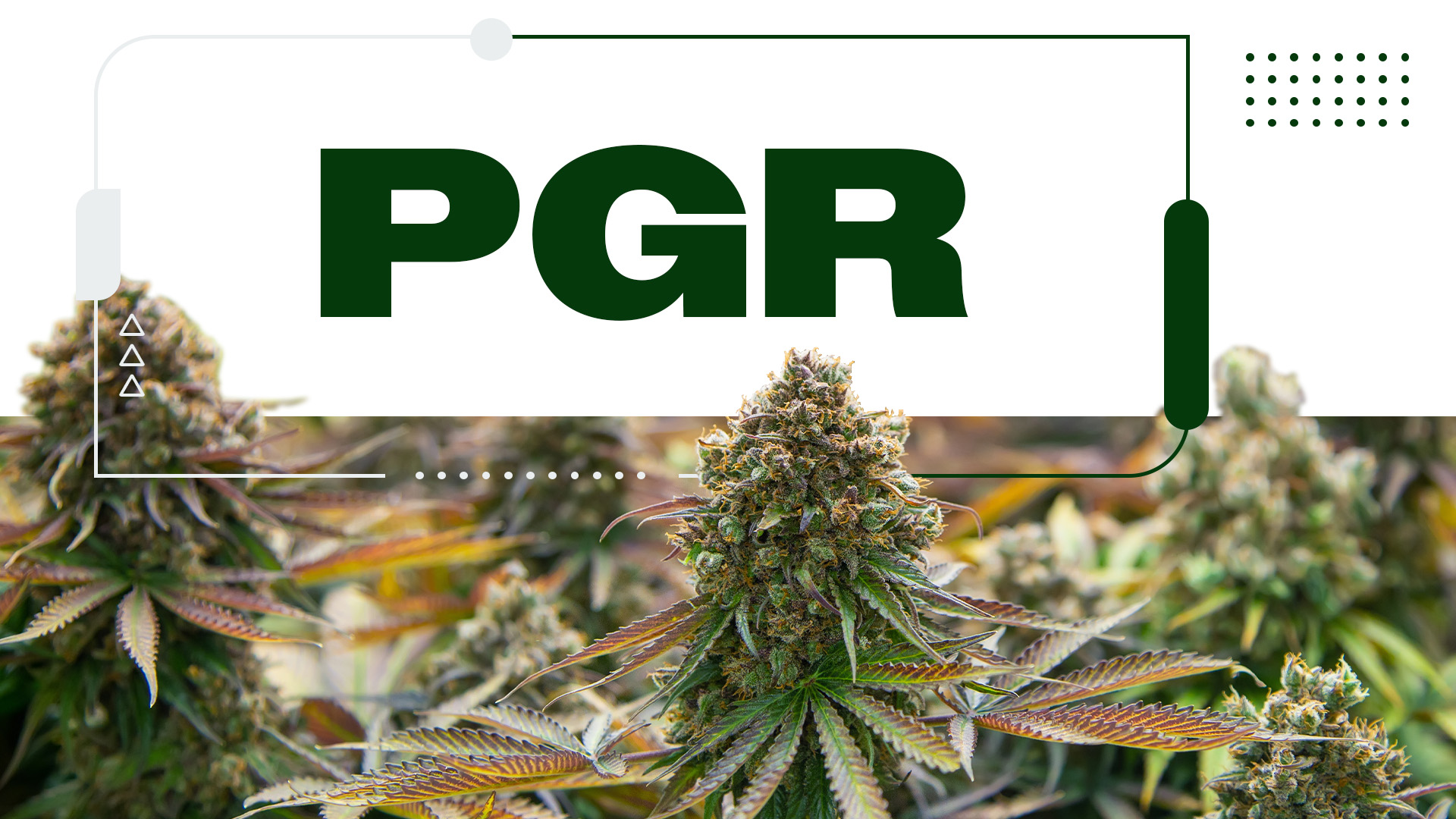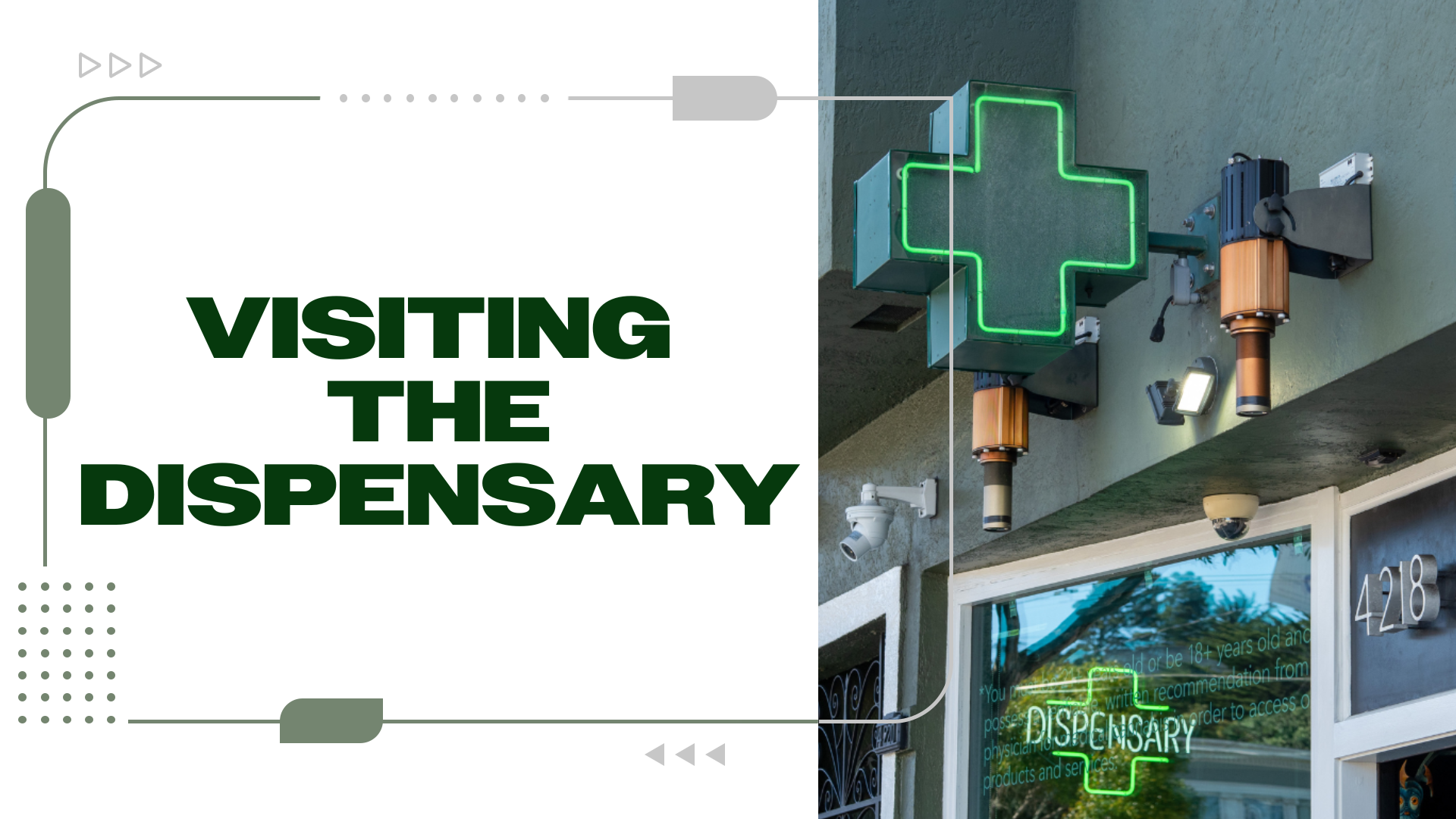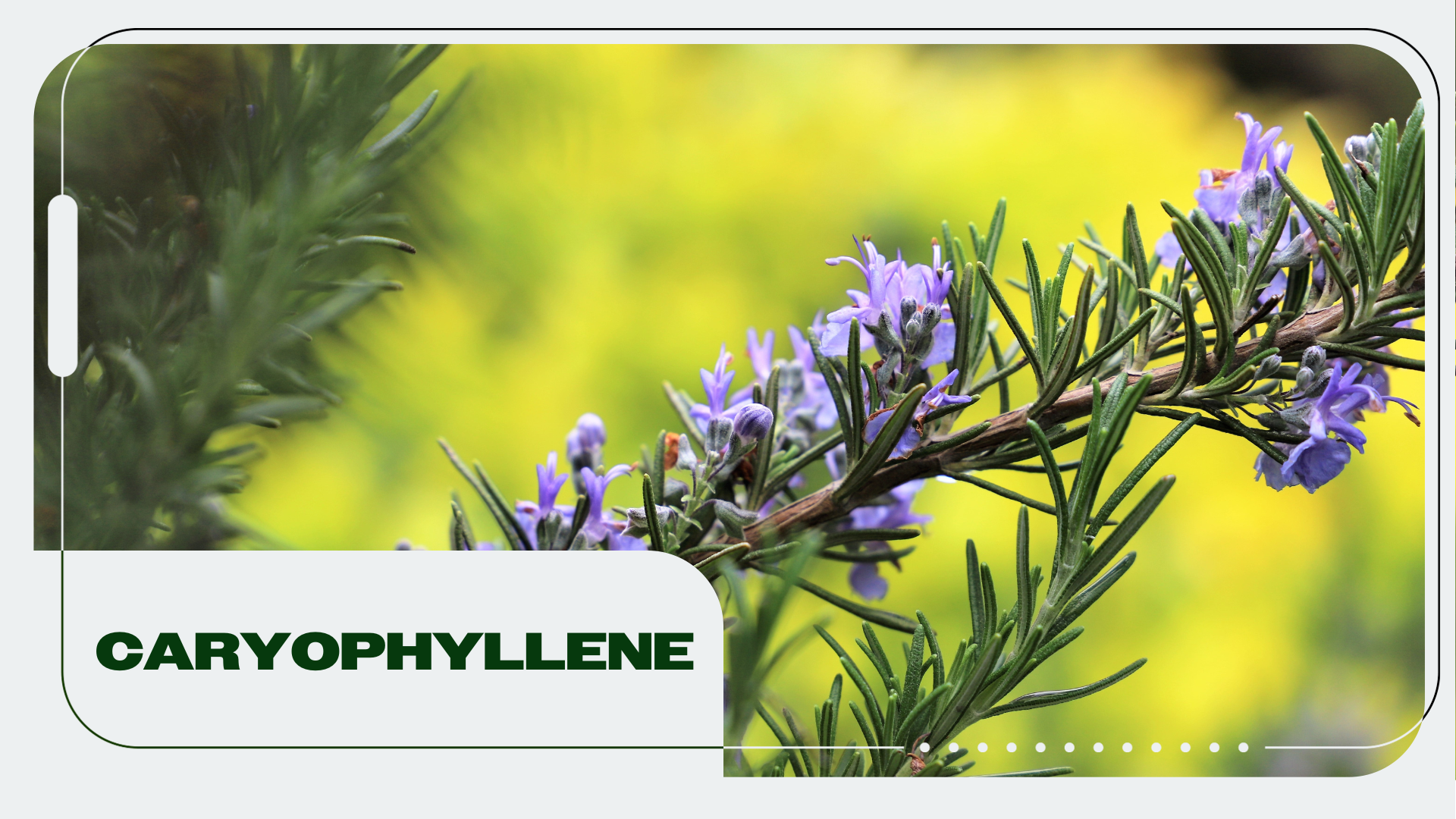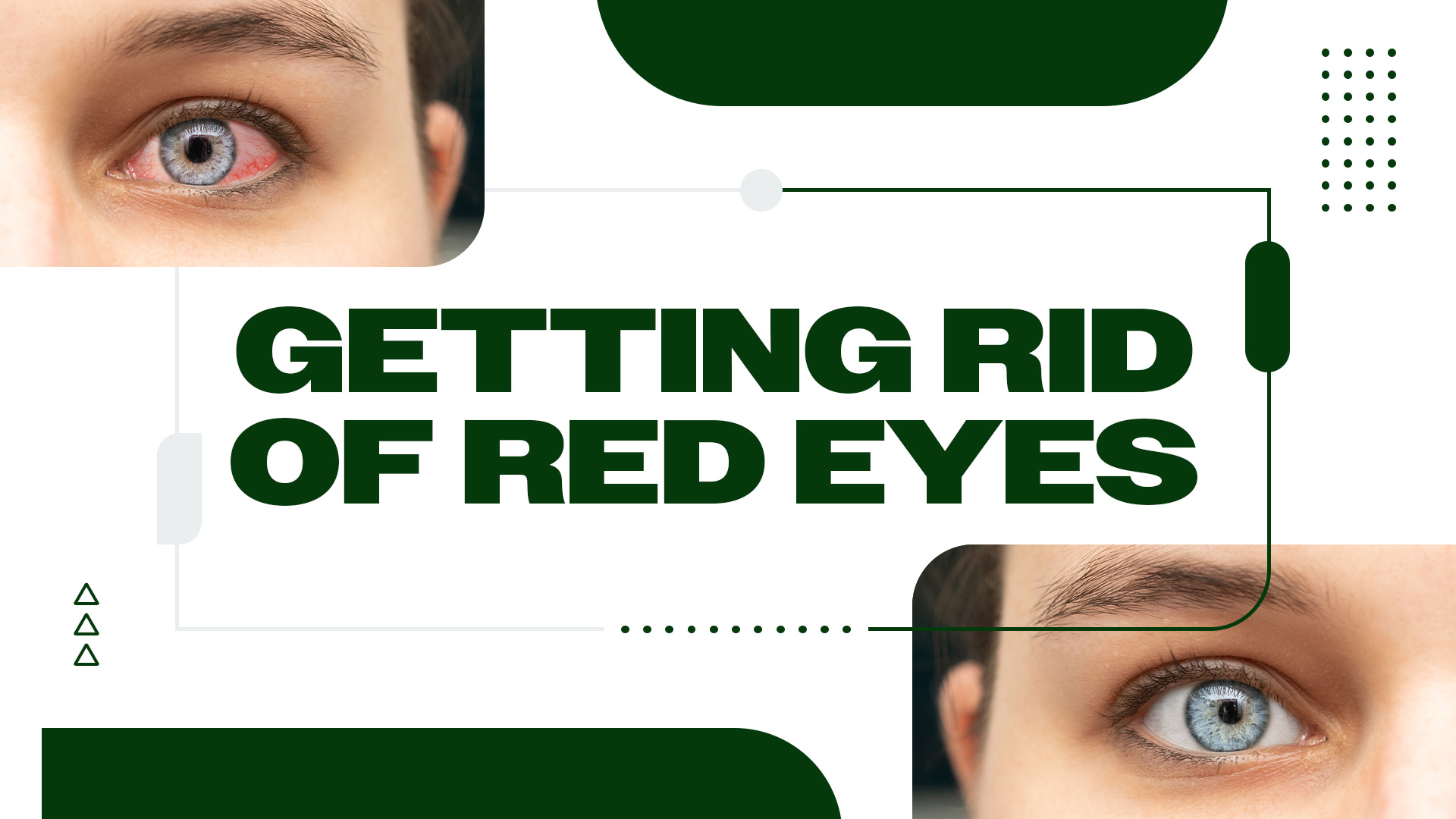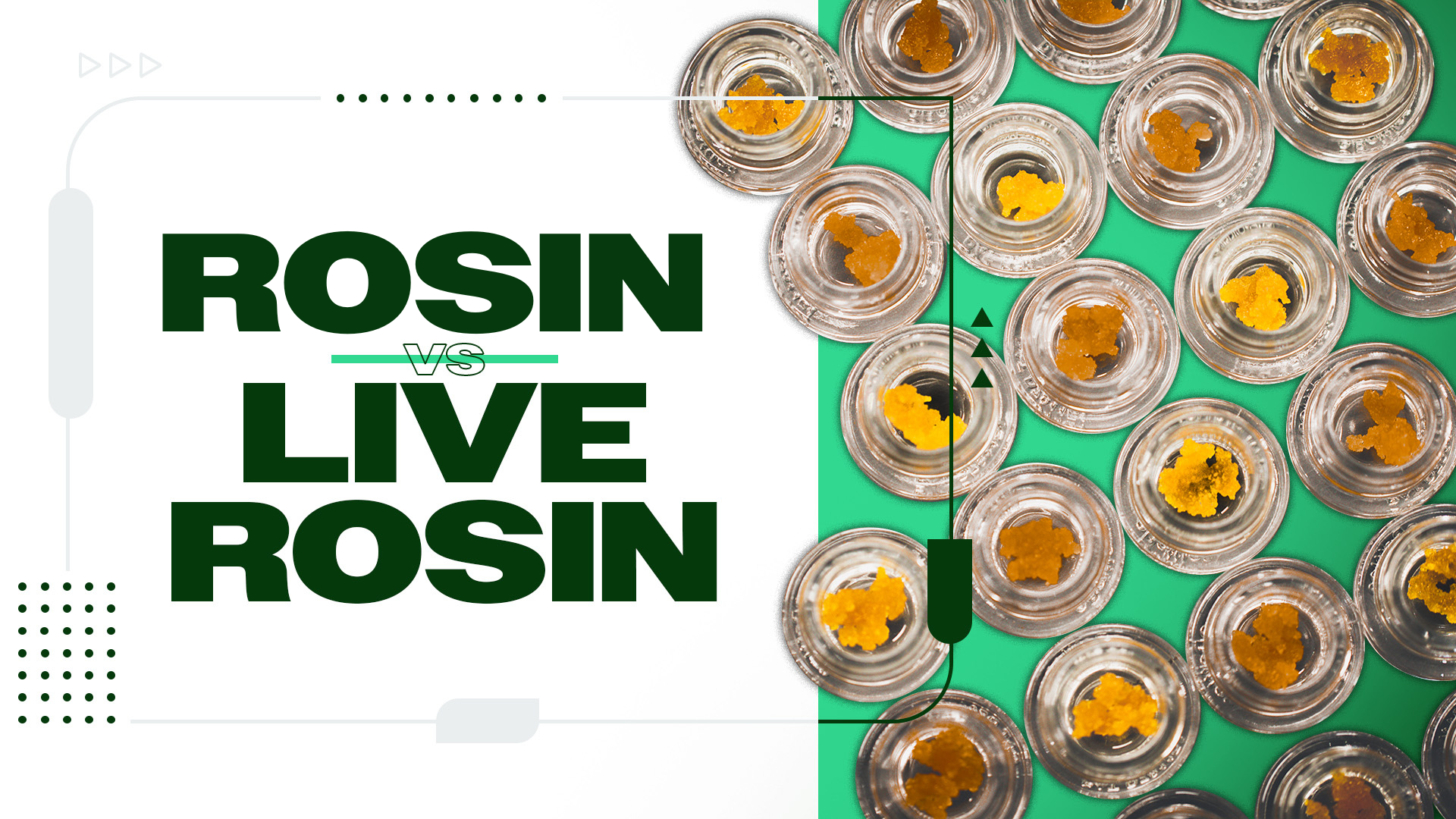A study conducted by Sarah Okey and Madeline Meier has compared the subjective effects of concentrates and cannabis flower (commonly referred to as bud). The team conducted the study under the premise that cannabis concentrates have a higher concentration of the cannabis cannabinoids, such as tetrahydrocannabinol (THC), and that the bud tends to have a lower quantity of those cannabinoids. In light of the concentrates’ increasing popularity, Okey and Meier decided to conduct their research and found that cannabis consumers still prefer the bud over the concentrate.
Classic Dry Cannabis Flower vs. Concentrates
|
Cannabis Flower
|
Cannabis Concentrates
|
| Form |
Cannabis flower contains organic parts of the plant such as leaves and trichomes. The flower can be bought in the form dried buds or finely ground. |
Concentrates are a broad term referring to the extracts of the cannabis flower and plant. Concentrates can be in the form of oil, dab, tincture, capsules, and the list could go on. The products can feel gooey, like wax, like lip balm and it can even be hard. |
| Potency |
Bud is less potent than the concentrates. The Research Gate explains that the average flower contains between 5-15% CBD and 5-20% THC. |
Concentrates are more potent than cannabis flower. The National Institute on Drug Abuse explains that concentrates have higher quantities of cannabinoids, for example, concentrates contain an average between 50-80% THC. |
| Delivery Method |
The cannabis flower can be crushed up and smoked, maybe even eaten. |
Given the various forms that concentrates can come in, it can be consumed by smoking, eating, swallowing, and applying it. |
| Content |
Consuming the cannabis plant can taste and smell better due to the fact that it contains terpenes in the plant matter but on the same point, you are consuming that plant matter. The bud is the rawest and natural form of cannabis. It naturally contains cannabinoids, terpenes, including other compounds. It also leaves the risk open to residual pesticide and other chemicals used while growing- keep an eye out for organically grown buds to minimize exposure to residual chemicals. |
The processes involved in making cannabis strips the product from the plant matter, which means that the end product contains only the good stuff-the cannabinoids. Depending on the process, the concentrates stand to lose their smell and taste in the extraction part of the process since terpenes are sensitive to the heat. |
| How is it made? |
The cannabis is grown inside, outside, or in a greenhouse. The plant then goes through phases, one of which is referred to as flowering. Once the flowers have matured, they’re cut down, dried, and then cured. |
Concentrates are made by putting the flower and plant through any of the following: dry processing, dry ice processing, water-based processing, combining pressure with heat, using non-flammable carbon dioxide solvents as well as using flammable solvents such as alcohol. |
One may suggest that the reason why cannabis consumers may still prefer the bud is due to all the unknowns and confusion that so often accompanies cannabis concentrates. Another valuable point to consider is that higher quantities of cannabinoids, such as those found in concentrates, could lead to undesired results such as increased anxiety.
A Study Finds That People Prefer Dry Flower
The study conducted by Okey and Meier recruited participants through an online platform where the participants were required to complete a survey. The consumers who reported using both flower and the concentrate were required to answer further questions on their experiences (which makes it subjective) with the effects of cannabis flower and concentrate. The experiences effects were categorized as follows.
Category
|
Definition (proposed)
|
| Affect |
This refers to the difference brought about after consuming cannabis (in comparison to before consumption). |
| Cognitive Function |
This refers to mental functioning and abilities such as thinking, reasoning, problem-solving, attention, memory, and decision making. |
| Psychotic-like Experiences |
This refers to experiences related to psychosis such as hallucinations and delusions. |
| Physiological Effects |
This refers to the effects on body functioning and the functions of its parts such as walking, eating, etc. |
| Reduced Consciousness |
This can also be referred to as decreased consciousness and involves reduced ability to stay awake, aware, and oriented. |
The participants of the study reported consuming the bud 5-6times a week while using concentrates “slightly more” than once per month. While the study of their subjective effects displayed that the flower was rated as “producing greater overall positive effects including greater positive affect and enhanced cognitive function”. It was also found that minimal negative effects were reported for both the concentrate and the bud. The study concluded its results with an overall of 77.5% of the participants choosing the cannabis flower as the “preferred type” of cannabis.
Which is Best for Medical Purposes?
Pros: By consuming the whole cannabis plant, the individual will benefit from the whole package which is made up of many compounds including cannabinoids and terpenes. The bud is inexpensive, easily accessible, easy to cultivate at home, and perhaps my favorite reason, the cannabis flower has aromatherapeutic properties which means that the smell of it can be relaxing and therapeutic.
Cons: The bud potency could be insufficient for individuals in need of intensive therapies/medications. Additionally, it requires heat through combustion, cooking, or vaporization which could be expensive, and in the case of combustion, the adverse effects from taking in carbon dioxide instead of oxygen (for example). If the bud is left untouched or incorrectly stored, there becomes a risk of mold and mildew exposure.
-
Cannabis Concentrates (Dab, Hash, Oil, Tincture, etc)
Pros: The first point could be a con for some, but cannabis concentrates are considered a much higher dose due to the higher content of cannabinoids, which makes it more effective for those in need of intensive therapy. The concentrates also seem to relieve symptoms faster and are considered a much purer form of cannabis. Concentrates are easier on the lungs and can easily be added to foods.
Cons: The increase in potency may lead to undesired effects, especially if the consumer takes too much by accident or unknowingly. Additionally, the process involved in making concentrates risks the loss of beneficial compounds from the flower, such as the terpenes. One major con involves the possibility of residual solvents if the product has not been tested in a laboratory.
As for which is the best… we honestly can’t say because it’s dependent upon individual preference. A large component of making cannabis a part of your therapy and treatment is to firstly understand your needs from the plant and secondly, know the plant well enough to identify which strain and method of consumption would best suit your needs. It may take some experimentation to find the best strain and method of consumption for yourself, but it will be worth it.
Author, Share & Comments











